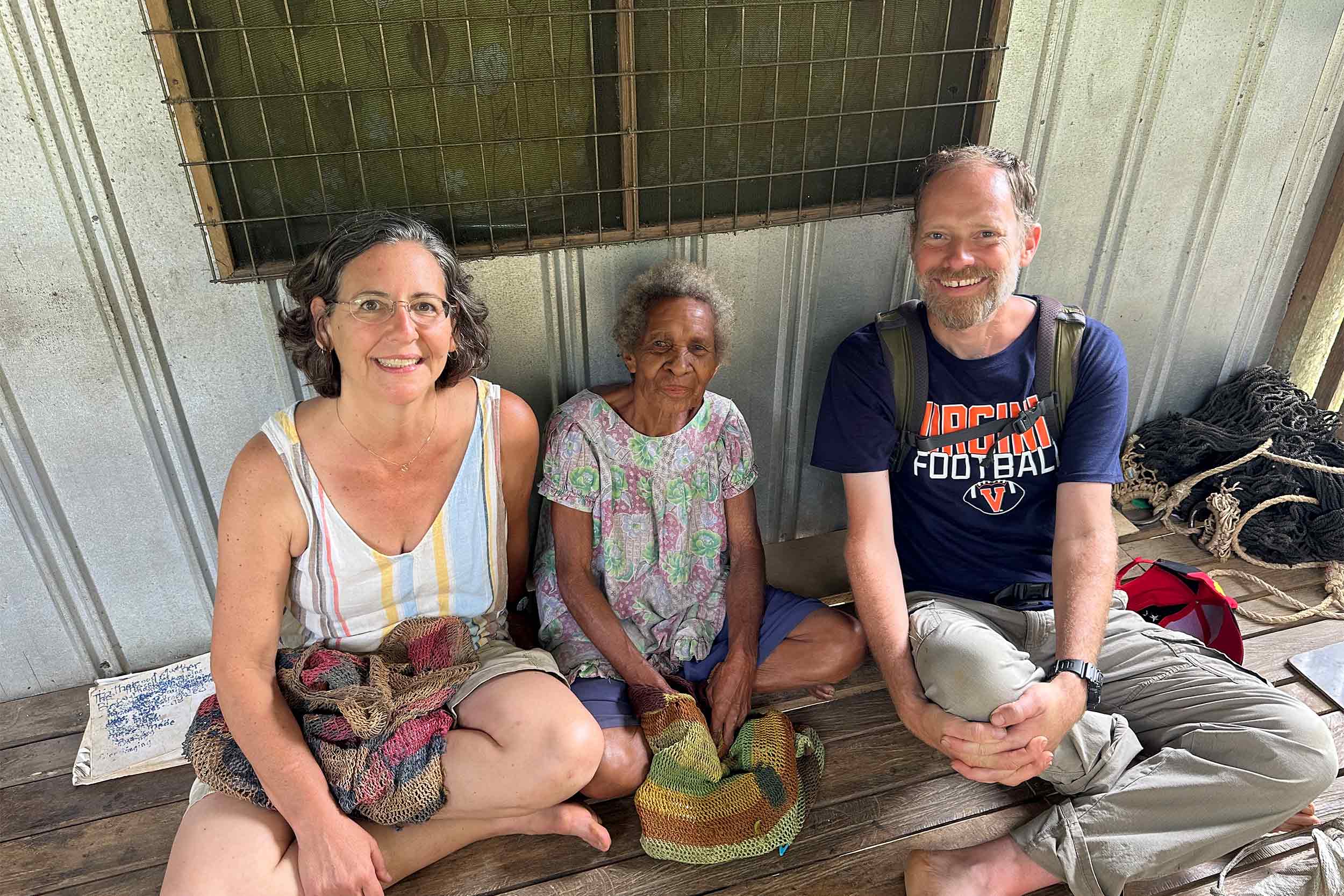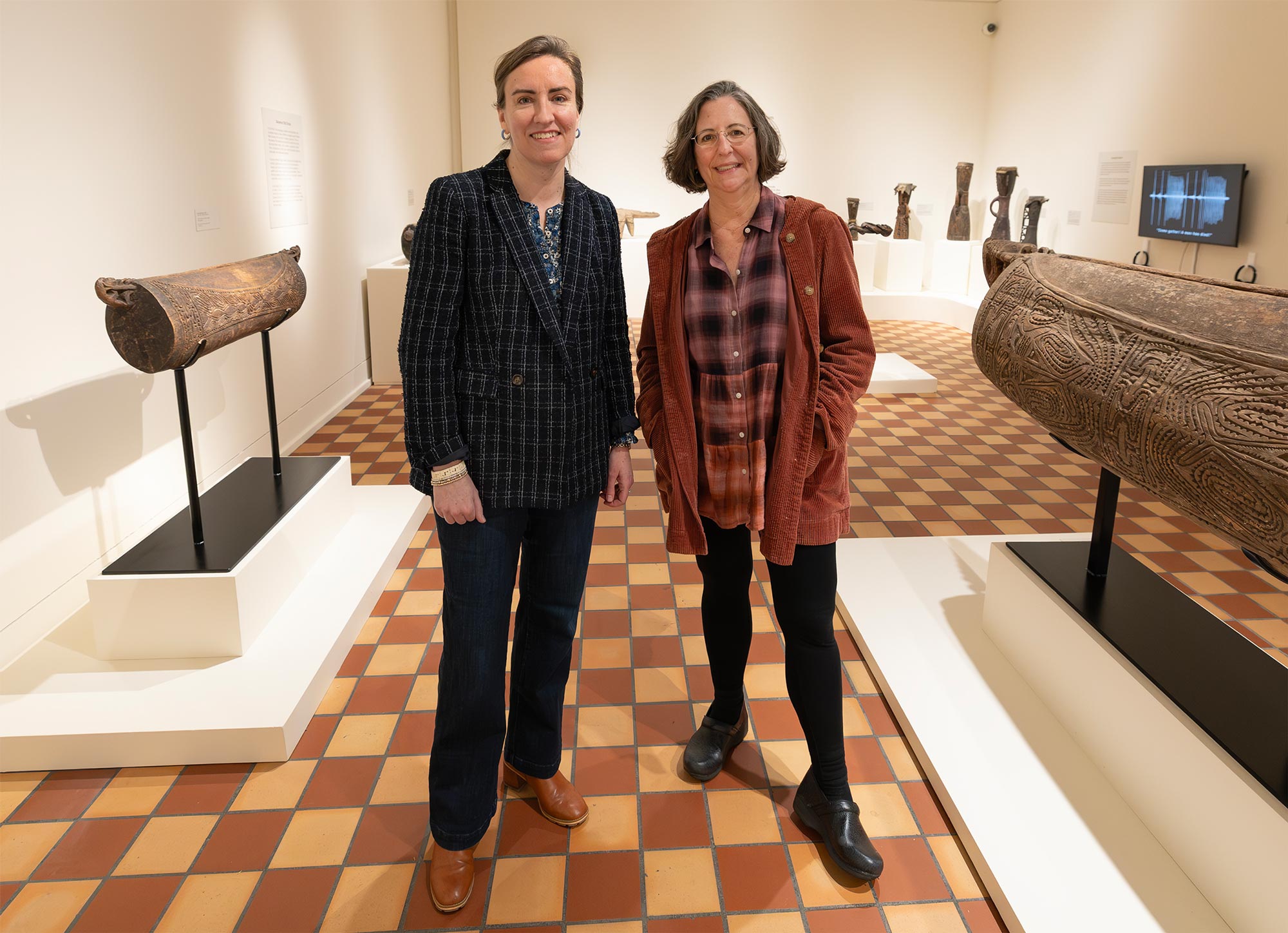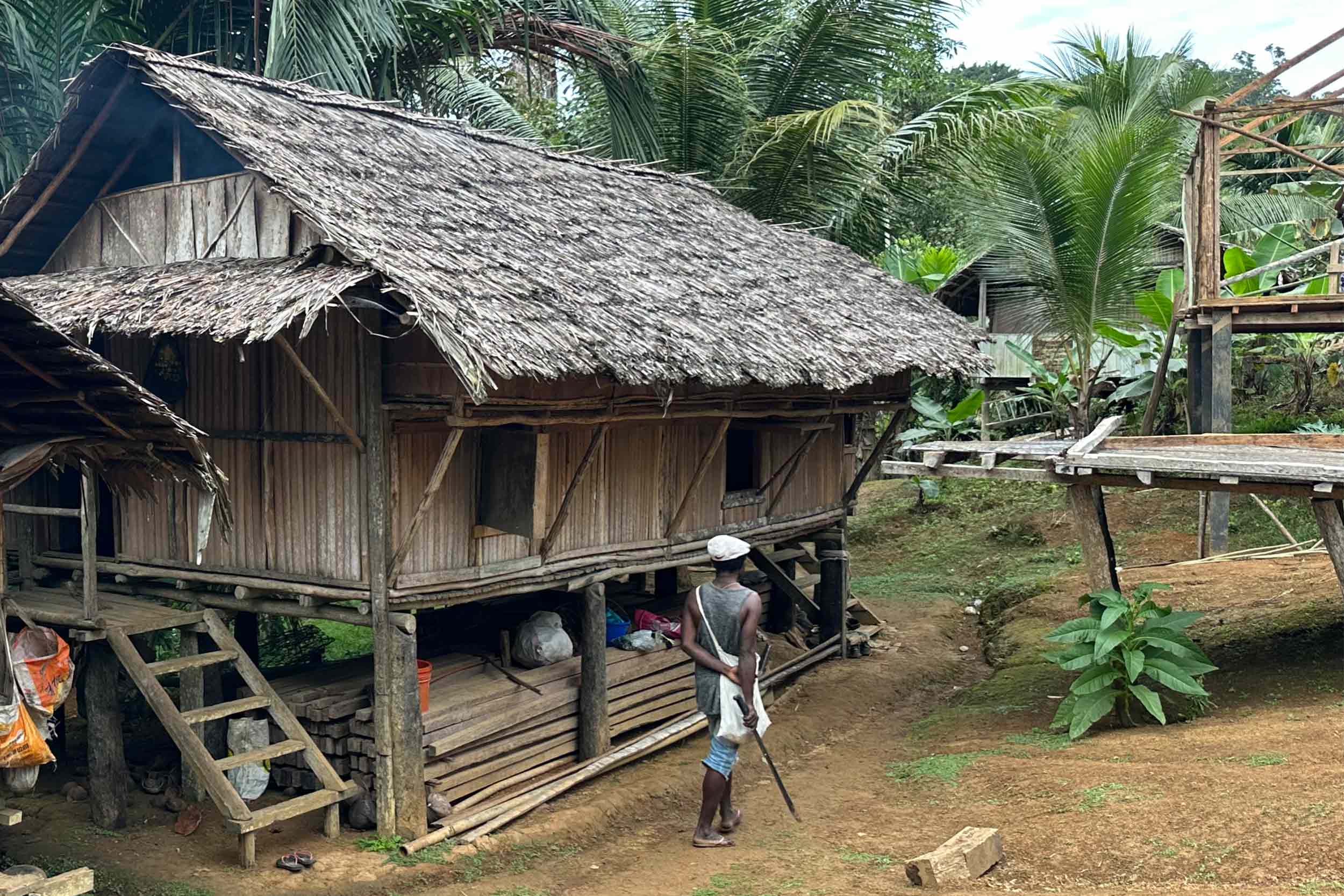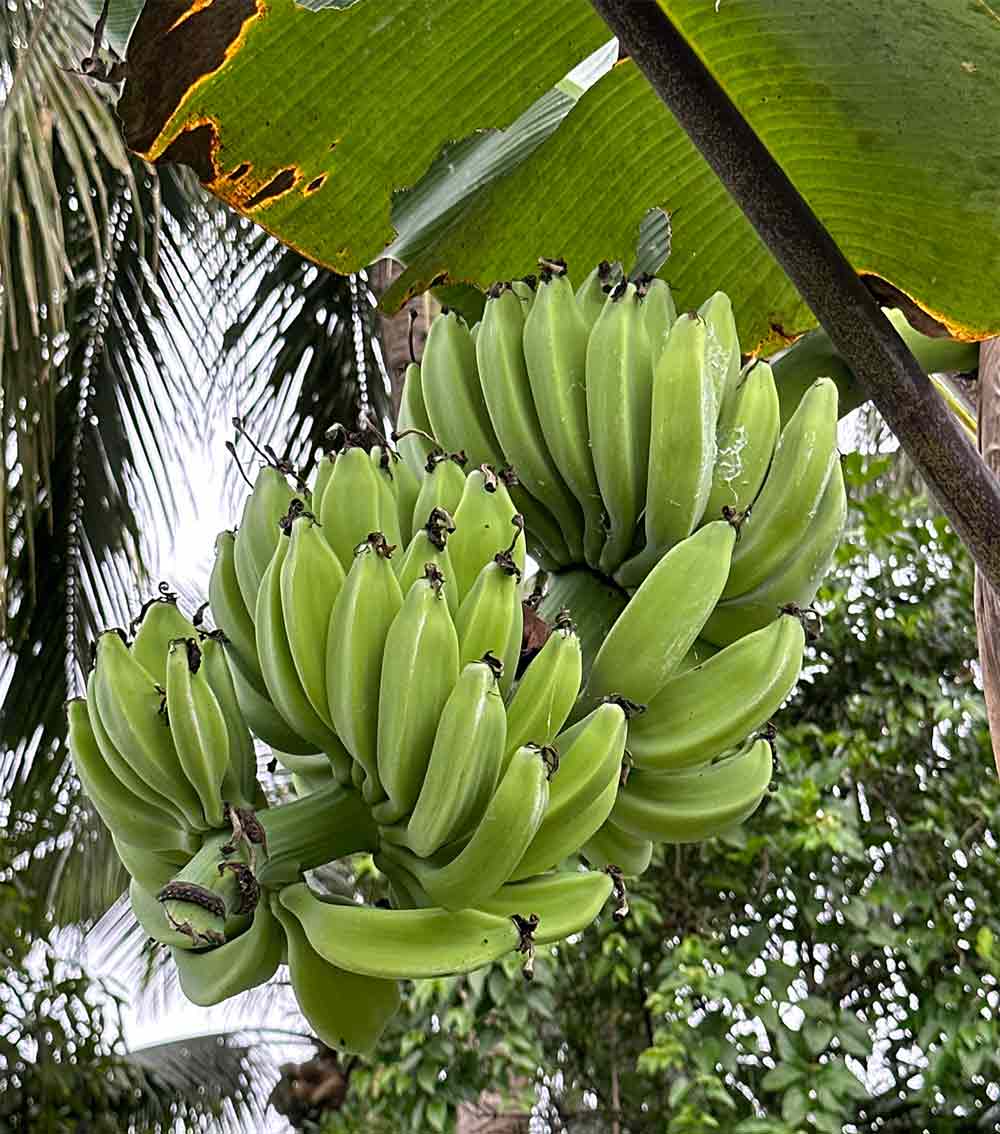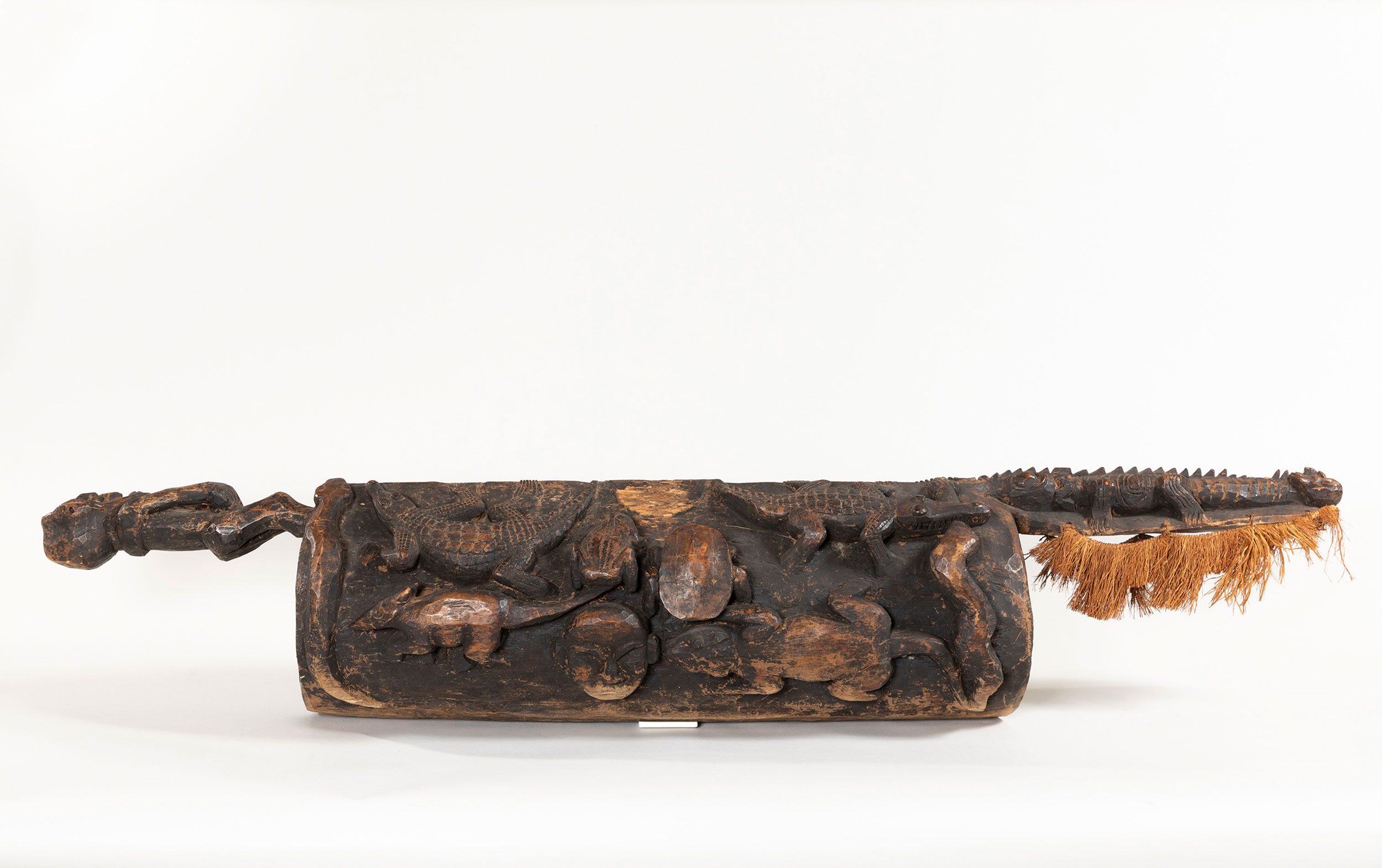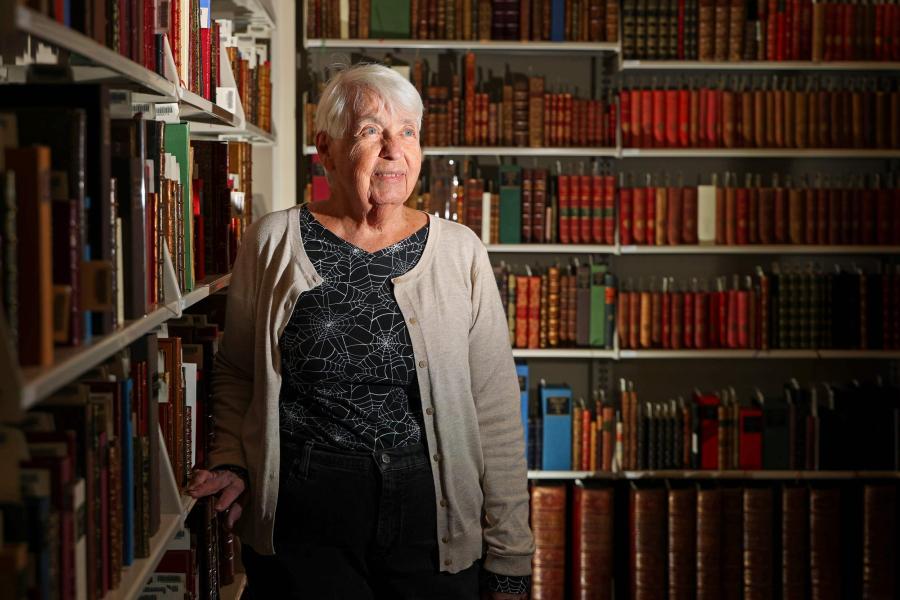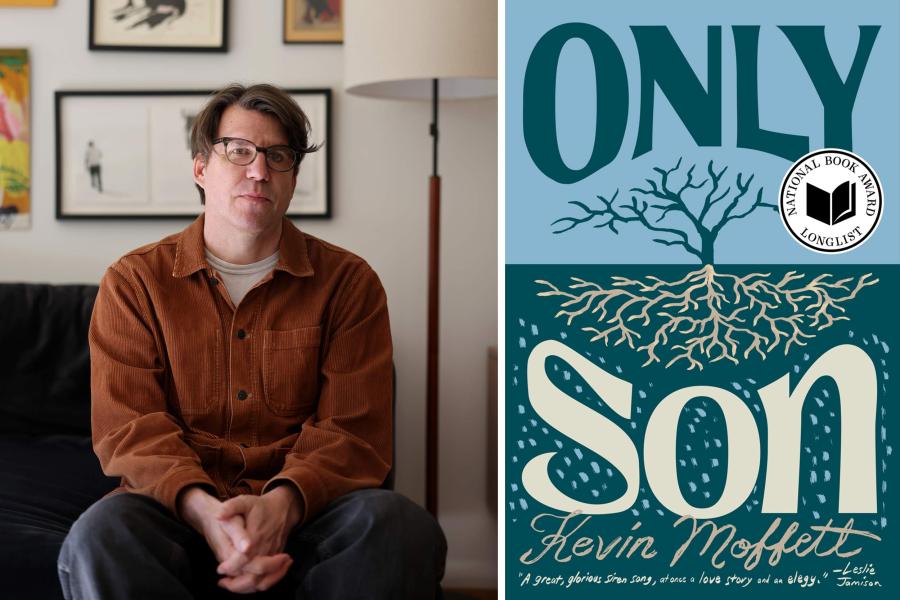New Guinea is the second-largest island in the world, located just north of Australia. The sprawling land mass is home to 15 million people, though it’s split into two different political territories. To the west is Indonesia. To the east is Papua New Guinea.
Arapesh is one of about 850 native languages or language groups on the island. Cemaun Arapesh, spoken in Wautogik, is one of numerous variations of the tongue.
“They traditionally wanted to have a lot of different languages,” the professor explained. “I could speak four languages and you would know who my allies were. In a way, the person who had more languages was a person of greater stature.”
New Guinea has always prized such novelty and cultural exchange, Dobrin said. But now, fluent Cemaun Arapesh speakers are down to just a handful.
Documenting Declining Knowledge
When Dobrin originally ventured to New Guinea as a University of Chicago doctoral student, she was there to study the language’s “fascinating” system for classifying nouns.
“I was getting lots of names of things,” she said. “And I realized that I’m making a dictionary, but I don’t know what many things in this dictionary are, like, this type of tree or that type of tree. And so it was getting to feel kind of irresponsible.”
Villagers, ironically, are having the same problem.
“Elders say that they can no longer send young men out into the rainforest to cut trees for house posts and expect them to bring back the right species,” she said.
Dobrin partnered on her summer fieldwork, funded by the UVA Environmental Institute, with UVA Wise ethnobotanist Ryan Huish, an associate professor of biology whose previous fieldwork has stretched from Appalachia to the kingdom of Tonga in Polynesia.
New Guinea is one of the most biodiverse locations on Earth. For Huish, the opportunity was too good to pass up.
“The people are so ingenious, and even though they’re on the other side of the world in a different biome than we are, their biocultural wisdom can be applied in so many ways,” he said.
Once their travel was approved, Dobrin called upon her network at Wautogik and formed groups led by elders to take them through the lush landscape.
Huish asked questions. Dobrin translated. Together, they documented several hundred plant species.
“Pretty good for about a month,” Dobrin said.
Their efforts included specimen collection. UVA Wise has an herbarium that will house dried cuttings and digitized images from the research. The work was done in conjunction with Papua New Guinea’s national herbarium and under the guidelines of the United Nation’s Convention on Biological Diversity’s Nagoya Protocol. The international agreement is aimed at making sure genetic resources are shared in a fair and equitable way.
Of all the flora, Huish was particularly interested in bananas. The world’s most popular variety, Cavendish, is threatened due to the monoculture’s susceptibility to an aggressive fungus called Fusarium wilt. One day, Papua New Guinea’s traditional knowledge and more than 1,000 native varieties may help address this problem.
